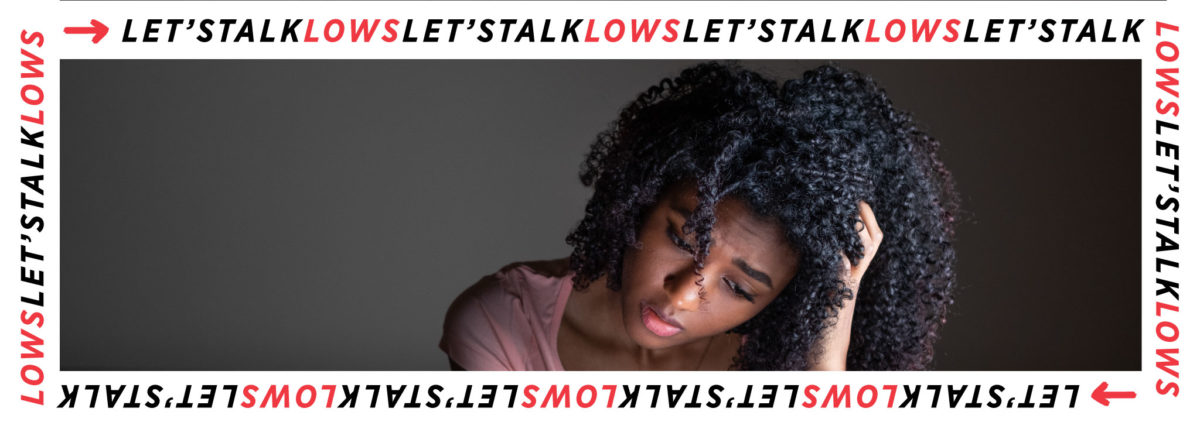How to Get Emergency Glucagon: CoPay Cards + Insurance Denials
If you take insulin or a medication that can cause low blood sugar, having an emergency glucagon treatment is a must—it could save your life. Here, we’ll look at getting insurance coverage for emergency glucagon, and available patient assistance programs to help pay for it.
First, let’s start with the basics.
What is emergency glucagon?
Emergency glucagon treatments can raise your blood sugar during severe hypoglycemia. It’s a hormone that tells your liver to release its stored sugar (also known as glycogen) into your bloodstream. It can be used on you by a friend or family member if you are unconscious or seizing during a severe low. You can potentially use it on yourself if you think you are still conscious and believe you are going to experience severe hypoglycemia because of having too much insulin in your bloodstream.
Types of emergency glucagon
While there was only one option for decades—and it was complicated to use—there are many new and improved emergency glucagon treatment products available today, including:
- Nasal glucagon – Baqsimi®: This is an emergency glucagon that’s administered through your nose.
- Glucagon pen – Gvoke HypoPen®: This is a premixed glucagon injection that you press against your thigh. The auto-inject device makes it quick and easy to use. It is also available in a prefilled syringe (PFS).
- Glucagon vial & syringe – Gvoke Kit®: This is a premixed glucagon in a vial that comes with a syringe, allowing you to draw up the dose manually and inject it directly into your thigh.
- Glucagon pen – Zegalogue®: Also a premixed glucagon, available as an easy-to-use auto-inject device. It is also available in a prefilled syringe (PFS).
Copay cards & patient assistance programs (PAPs) for emergency glucagon
Like most pharmaceutical products, the manufacturers of emergency glucagon offer discount cards and patient assistance programs for people with and without insurance. The trick is finding the route that you qualify for.
- Co-pay cards are for those with insurance but do not usually apply to anyone on government-funded insurance, like Medicaid or Medicare. Even with health insurance, many of the medications we rely on to stay alive are still too expensive, and these co-pay cards are one method of reducing the cost in this very imperfect healthcare system.
- Patient Assistance Programs (PAPs) are for those without any health insurance. Nearly every pharmaceutical manufacturer has programs like this in place to help you get the medications you need; however, they often require your time filling out paperwork and income eligibility. PAPs are not going to help everyone. (For help finding PAPs for insulin, visit GetInsulin.org. For help with other supplies and medications, see this list of programs to help people without insurance.)
Baqsimi®
- Eligible patients with commercial health insurance: copay card.
- Patient assistance programs: call 1-833-808-1234 or visit the Lilly Diabetes Solution Center.
- Offer not valid for prescriptions reimbursed, in whole or in part, by any government-funded program, including Medicaid, Medicare, Medicare Part D and others.
Gvoke HypoPen®
- Eligible patients with commercial health insurance: copay card.
- Patient assistance programs: call 1-877-myGvoke (1-877-694-8653).
- Offer not valid for prescriptions reimbursed under Medicaid, a Medicare drug benefit plan, TRICARE, or other federal or state health programs (such as medical assistance programs).
Zegalogue®
- Eligible patients with commercial health insurance: copay card
- Patient assistance programs: call 1-877-501-ZEGA (9342) or visit Zealand Pharma ConnectedCare and fill out the enrollment form.
- Offer not valid for patients insured by any federal health care program like Medicare, Medicare Advantage, Medicare Part D, Medicaid, Managed Medicaid, Veterans Affairs (VA), Department of Defense (DOD), or TRICARE.
If your insurance denies coverage for emergency glucagon
There’s nothing more frustrating than your health insurance denying coverage for something that could keep you alive.
However, because these nasal glucagon and glucagon pens are so new, your insurance may deny your requests and insist you continue to use the old-school emergency glucagon kit that these newer products were designed to replace.
Here’s what you can do if your insurance denies your first requests for newer emergency glucagon treatments, with insights from Michael Gambrel—a diabetes dad who is studying how to help individuals and families with type 1 diabetes navigate healthcare costs.
Gambrel offers these four steps if your insurance denies coverage for newer emergency glucagon treatments:
Step 1: Understand your rights
“One of the most important things to remember about these steps is that they are all there to provide protection to healthcare consumers,” reminds Gambrel.
“The Affordable Care Act established that individuals have the right to know why a claim is being denied, a right to appeal that decision and a right to request an independent review. While the processes may seem tedious at times, these potentially life-saving treatments are worth the time and effort.”
Step 2: Check the formulary
“The first step is to ensure that the denial was appropriate based on plan coverage,” explains Gambrel. “Check the insurance formulary to see if it is supposed to be covered. If so, speak with the insurance company to ensure that they have the proper diagnosis and prior authorization on file so that they can process the claim and get it approved.”
Your “formulary”is often referred to as the “drug list.” This is the list of drugs your plan automatically covers.
Step 3: If it’s not covered in your insurance plan
“If it is not covered in the formulary, or it’s listed as a high-tier drug, you may be able to request an exception,” says Gambrel. This is also referred to as the exception process.
“To do this, you will work with your endocrinologist or primary care physician to submit documentation that this is a medical necessity.”
In this documentation, you may also need to describe how there are no alternatives or that the only alternative (the older glucagon kit) has negative aspects that make it inappropriate or ineffective for the patient. Newer glucagon treatments are easier to use and easier to carry with you.
“The insurance providers may grant an exception for treatments that are normally not covered, or a tier exception for expensive high-tier treatments,” says Gambrel.
Step 4: The appeals process
“Finally, you can utilize the internal and external appeals process,” explains Gambrel.
“The insurance company will have an internal appeals process, likely similar to the exception process, in which you and your endocrinologist will provide statements supporting your need for the medication or treatment.”
If your first attempts at an appeal are not successful, you can file for an “independent external review.”
“In this case, an external party will review the request and make a final determination about the coverage,” says Gambrel.
If you are denied coverage, refer back to the copay cards and patient assistance programs for each individual type of emergency glucagon treatment. Get on the phone and don’t give up!
Educational content related to severe hypoglycemia is made possible with support from Lilly, and editorial control rests solely on Beyond Type 1.





